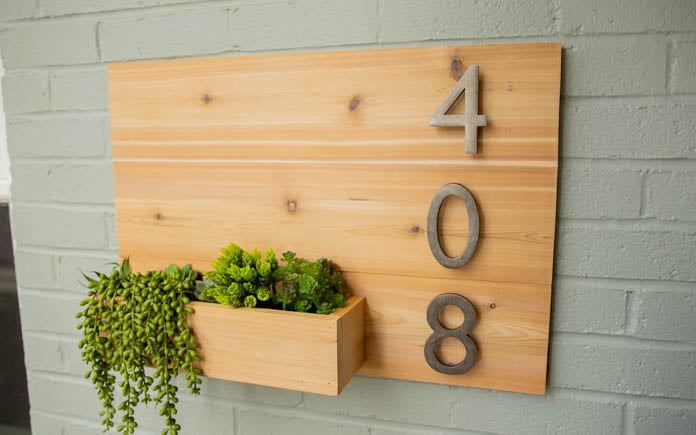7 Simple & Affordable Curb Appeal Ideas
Making your house look great at the first glance doesn’t have to be a costly investment. These simple and affordable curb appeal ideas can update your home while boosting its appeal to visitors and potential buyers. This house number wall planter adds natural texture to a brick exterior. (3 Echoes Content Studio) 1. Dress Up … Read more










